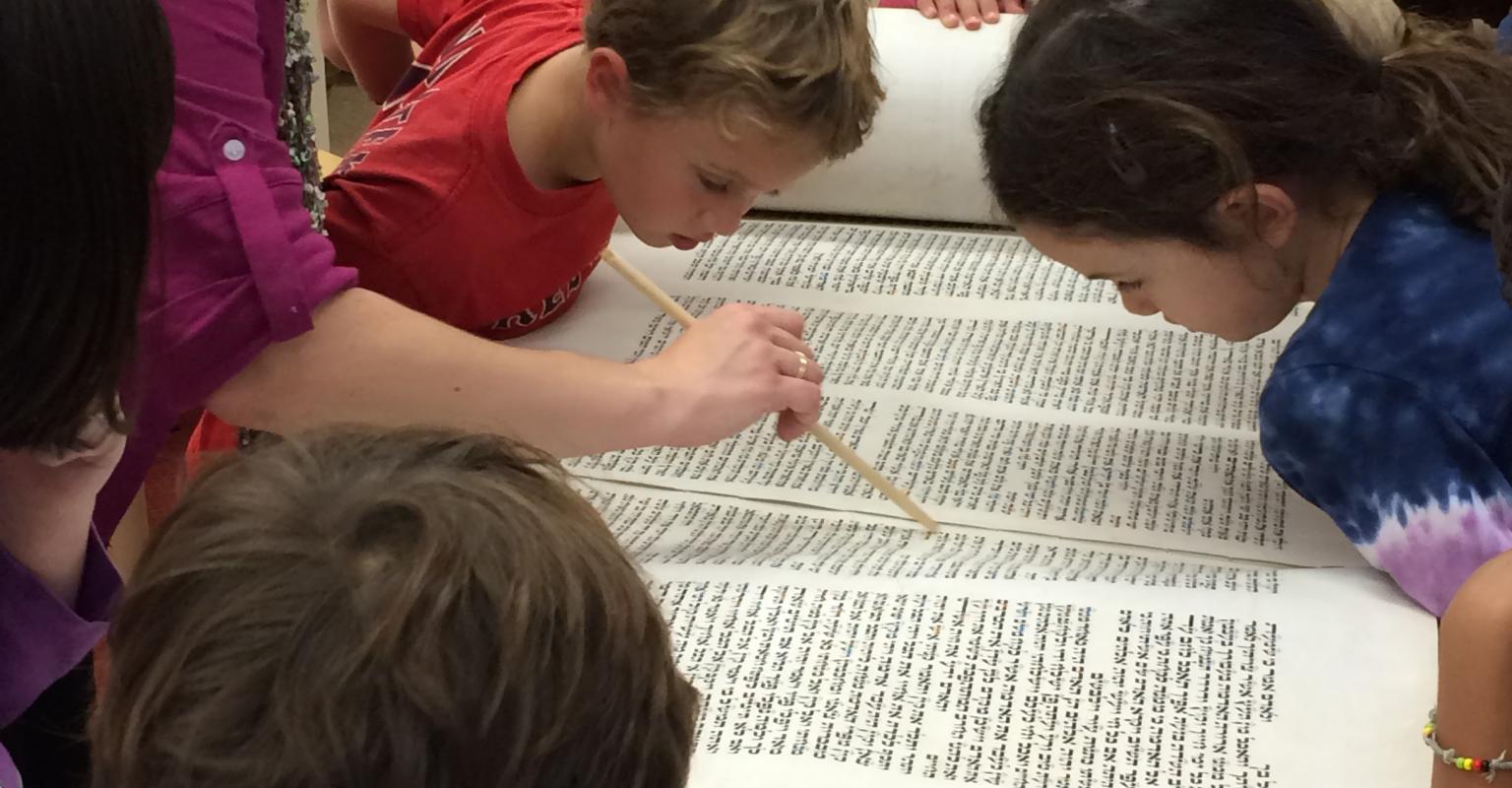Teaching the Holocaust with the Virtual Sobibor Camp Model
"The model, this story, is not intended to be a tool for self-pity. It is intended to be a warning for humanity... to be on guard against forced of darkness, to be on guard against blind hatred and prejudice."
-Thomas Blatt
An innovative augmented reality application that focuses on primary sources from a Holocaust survivor of Sobibor. The Teacher Guide includes historical context to Holocaust history as well as resources to use with students regarding the history of the Sobibor escape, Thomas Blatt’s testimony, and the AR app developed by Holocaust Museum LA and Magnopus. The Teacher Guide will provide guidance on how to navigate this technology and use it to enhance lessons, including strategies for integrating the primary sources into teaching materials and facilitating classroom discussions. Teachers will be able to provide their students with a more immersive and memorable learning experience. Generously Sponsored by the The Jewish Community Foundation of Los Angeles.
- Antisemitism
- History
- Holocaust
- Educator Training
Discover more

Temple Israel New Rochelle (TINR), NY. Chavaya uses camp language, feel, and a hands-on approach. Students form eidot (communities) to experience chuggim (electives) such as art, drama, and music.

To learn more about the incredible life and career of Justice Ginsburg, visit our emerging collection of resources.

Mayim, our initial example of "Additional" Models, could be placed in a Multi-aged, Project-Based Learning, or Experiential Learning bucket. Mayim is a K-5 learning community in which depth of relationships and depth of learning are intentionally fostered and visible everywhere.
